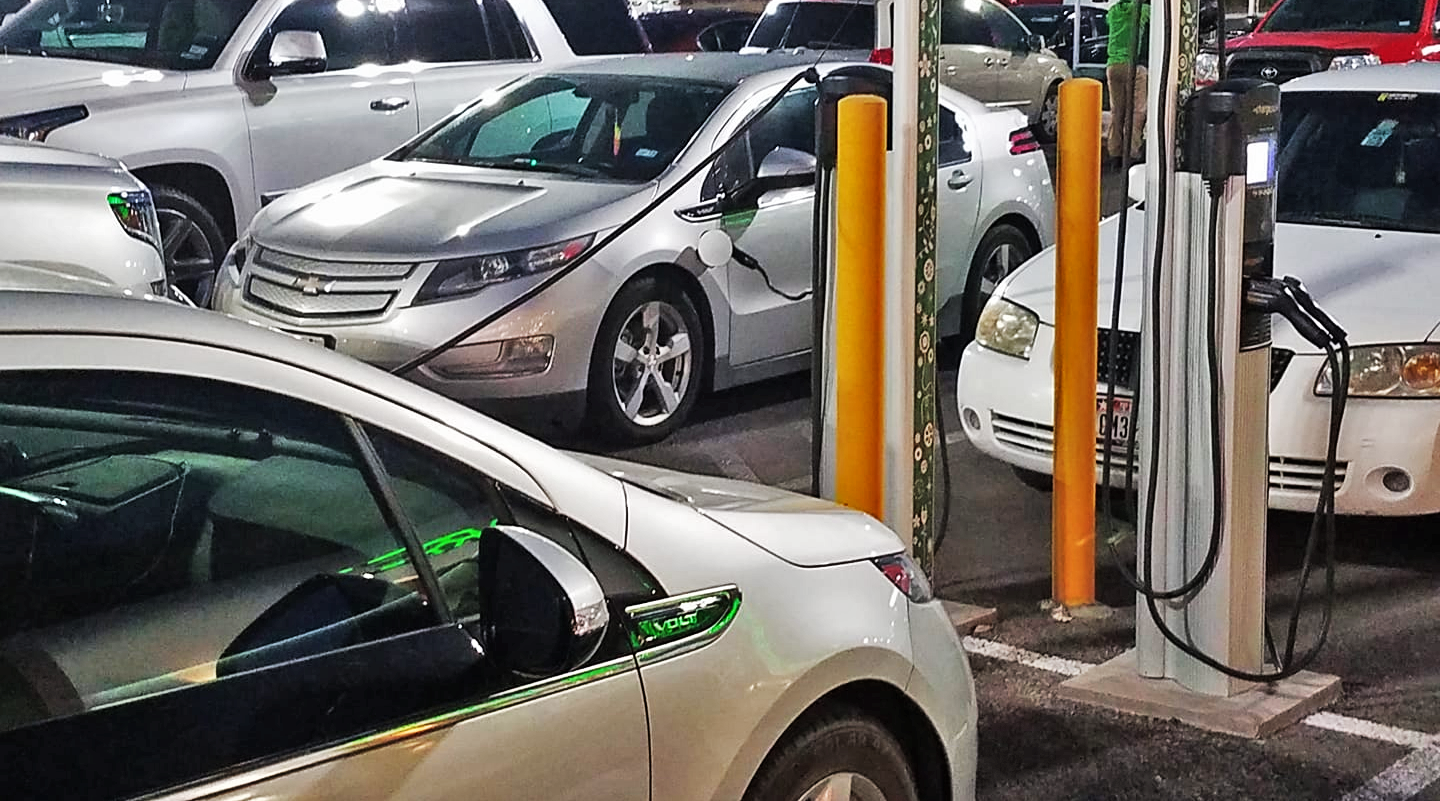In recent months, we’ve seen the automotive industry pivot away from a focus on battery electric vehicles (BEVs). Now, the EV movement faces a unique set of challenges that could come after the rise of plug-in hybrid electric vehicles (PHEVs). If people get hooked on PHEVs, we could find ourselves having a tough time getting car buyers to want to move on from “the best of both worlds.” In this article, I want to talk about what some of those challenges are and what we can do to get past them.
The Challenges PHEV Dominance Could Pose First, we need to talk about infrastructure. The cold hard fact is that the federal government simply can’t fund all of the charging stations we’d need for everyone to be able to go electric. The government theoretically could afford it, but the kind of spending that would be needed would fail to get past political hurdles.
The funding for EV charging stations in the Infrastructure Bill wasn’t meant to solve the problem entirely. It was meant to break the Catch-22 where people don’t want EVs because there aren’t enough charging stations, allowing more early mainstream adoption, which in turn would lead to more demand for charging stations. This, it was thought, would lead to more private investment to meet the new demand.
In other words, the Biden folks don’t want to fuel the car. They only want to jump-start it. If the next generation of mainstream electrified vehicles doesn’t need the infrastructure, that could cause the growth of EV infrastructure and BEVs to sputter.



Then why is the yearly maintenance cost on a Prius 33% more than, say an IoniQ 5?
“Spoiler alert:” It’s because the Prius has a whole-assed gasoline engine full of moving parts, filters, wear components, gaskets, and fluids that need changing whether you drive on battery power most of the time or not.
Don’t go around cherry-picking like we aren’t going to notice. Not all electric cars are Teslas.
Oh my god, the once or twice a year $35 oil change is so hard. And then you have to change some gaskets and spark plugs after 100k to 150k miles. Maybe once or twice in your car’s working life.
The bulk of maintenance costs are tires for all cars (and heavier cars, like EVs. Ioniq 5 is 4800+ lbs but RAV4 is 4200lbs). Various other fluids (brake fluid, radiator, etc. etc.) exist on both types of cars. Batteries need cooling too and brake fluid is on everything. And PHEVs / Hybrids also get the regenerative braking boost to brake lifetime (what is reabsorbed as electric energy doesn’t need to get scraped off of your brake pads).
So all the major wear/tear items are basically just oil, gaskets and spark plugs. (Everything else is comparable to both styles of vehicle: tire wear, fluid changes, brakes, filters).
It doesn’t change the fact: EVs haul around literally hundreds, maybe even thousand+ lbs (or 500kgs) of unnecessary battery packs all day, every day. Leading to far worse efficiency over the life of the car. Prius Prime sits at an efficiency knee like no other thanks to its design. You cannot deny that.